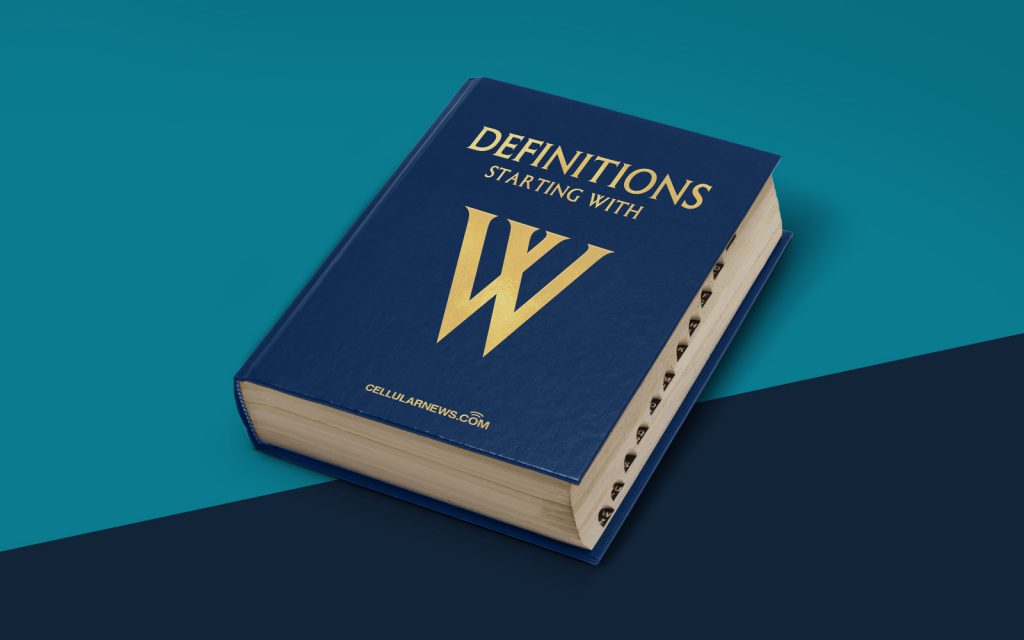
What is Wireless Markup Language (WML)?
Welcome to our “DEFINITIONS” category, where we delve into the world of technology and explain key terms you may encounter. In this edition, we will explore the fascinating concept of Wireless Markup Language (WML). So, grab your digital passport and let’s embark on this brief journey into the realm of mobile web development!
Key Takeaways:
- WML is a markup language specifically designed for displaying content on mobile devices.
- WML was widely used in the early days of mobile internet before being replaced by more advanced technologies.
First off, you may be wondering, what exactly is a markup language? In simple terms, a markup language is a set of codes or tags that provide structure and formatting instructions for displaying content on various platforms. HTML, the language that powers the web, is one such example.
Now, when we focus on the mobile world, we encounter the need for a markup language that can cater specifically to the limitations and capabilities of mobile devices. Enter Wireless Markup Language, or WML for short.
Developed by the WAP Forum (Wireless Application Protocol Forum) in the late 1990s, WML was the markup language used to create and display content on mobile devices that supported the WAP protocol. WAP, a technology for accessing the internet from a mobile device, was widely used during the early days of mobile internet.
Similar to HTML, WML uses tags to define the structure and formatting of content. However, due to the limited processing power, bandwidth, and screen size of early mobile devices, WML had a simplified syntax compared to HTML.
Some key features of WML include:
- Card-based navigation: WML pages were organized into cards, which represented individual screens or pages that users could navigate through.
- Basic input capability: WML allowed basic user input through forms, enabling interaction within the limited confines of mobile devices.
- Support for multiple languages: WML had built-in support for various languages, allowing content to be displayed in different locales.
However, as technology advanced, WML gradually lost its dominance in the mobile web development landscape. With the rise of more capable devices and the advent of smartphone operating systems like iOS and Android, more advanced technologies such as HTML5, CSS, and JavaScript took center stage.
Today, the use of WML is relatively rare, restricted mostly to legacy systems and specialized applications. Web developers now primarily focus on creating responsive websites that adapt to the screen size and capabilities of the user’s device.
In conclusion, Wireless Markup Language (WML) was a markup language specifically designed for displaying content on early mobile devices. Although it has since been surpassed by more advanced technologies, its impact on the development of mobile internet cannot be overlooked. So, the next time you stumble upon the term WML, you’ll have a deeper understanding of its place in the fascinating history of mobile web development!
Key Takeaways:
- WML is a markup language specifically designed for displaying content on mobile devices.
- WML was widely used in the early days of mobile internet before being replaced by more advanced technologies.
